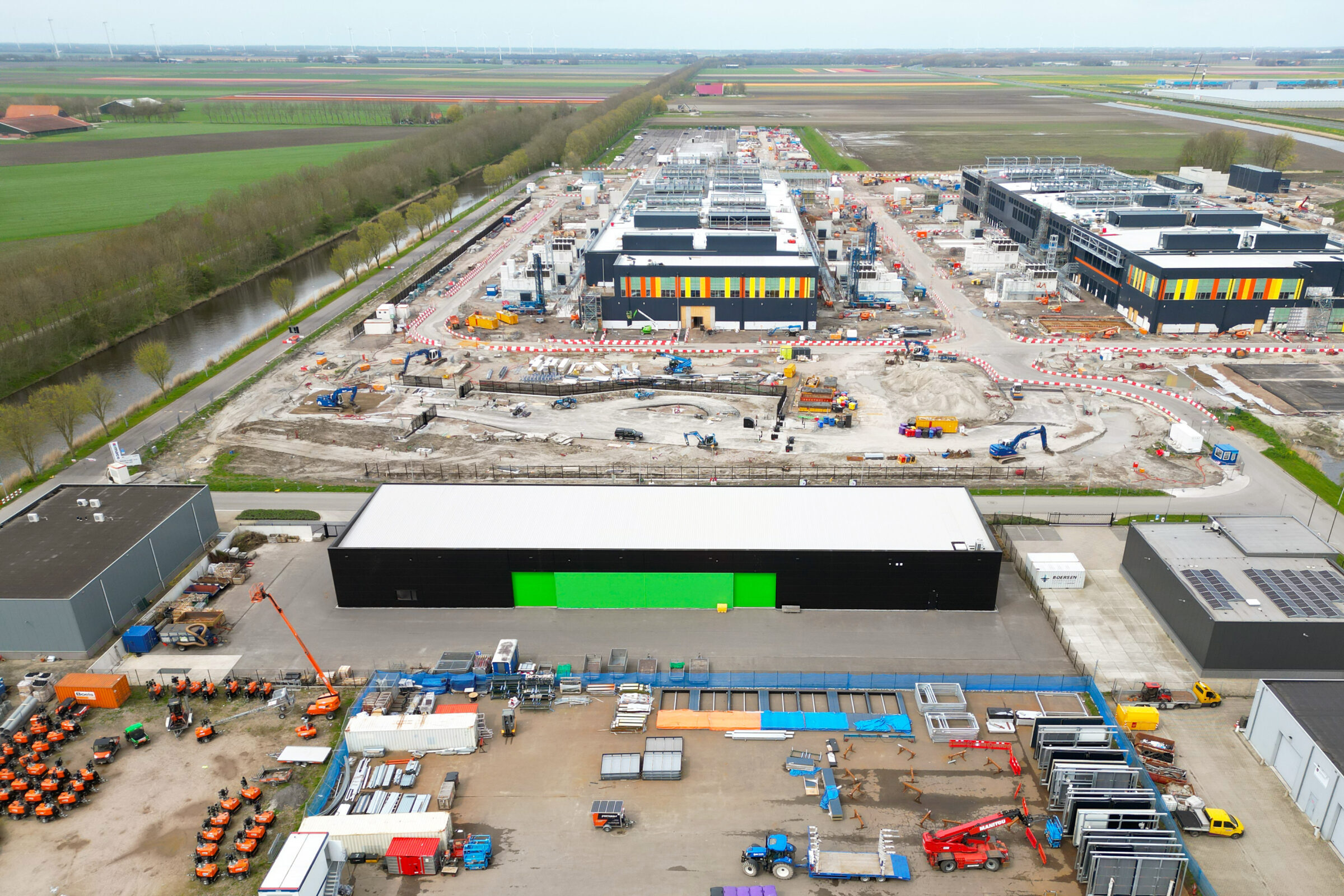As data center footprints expand at unprecedented speed, the conversation often focuses on renewable energy goals, carbon reduction strategies and grid resilience. While these priorities are critical, they don’t tell the full story. The reality is that the power required to support hyperscale facilities, AI workloads and mission-critical financial systems cannot wait for long-term solutions. Meeting those needs requires scalable, immediate and reliable energy today. As the electric utility grid is struggling to meet those demands, natural gas offers an immediate solution.
Natural gas is more than a bridge fuel for the power grid. It offers functionality that is a key stabilizer for the booming digital economy.
Surging Demand, Stalled Infrastructure
Data centers are now the primary driver of new electricity demand in many markets across North America. AI model training, cloud platform growth, real-time financial trading and high-density colocation are pushing facilities to consume more energy at a pace that utility infrastructure struggles to match. According to the International Energy Agency, global electricity demand from data centers could double by 2026.
The problem is that most renewable generation and transmission upgrades face multi-year permitting and interconnection delays. In contrast, data center development timelines are measured in months.
For many operators, gas-fired generation—whether from the grid or onsite—remains the only reliable option to secure the energy required to maintain uptime, performance and construction schedules.
Natural Gas: Reliable, Available, Essential
Natural gas provides the flexibility and scalability that today’s digital infrastructure demands. While it may receive less attention in public-facing tech sustainability narratives, natural gas infrastructure is often the deciding factor in whether power can be delivered on time. In a market where every megawatt counts, consistent access to natural gas is becoming a strategic differentiator.

The Hidden Risk: Pipeline Constraints
Securing fuel supply is only one part of the equation. The ability to move that supply to the right locations relies entirely on the condition and reach of the existing pipeline network.
Many pipeline systems in high-growth data center regions were not designed for today’s volume, pressure, or operational demands. In some cases, infrastructure bottlenecks or aging assets are creating vulnerabilities that can stall projects, increase energy costs, or reduce reliability. Delays in permitting new pipelines or compression upgrades further compound the challenge.
Without strategic investment and modernization, these unseen risks can undermine even the best-laid energy strategies.

Making Gas Infrastructure Work for the Digital Sector
TRC works across the energy and infrastructure ecosystem to ensure natural gas systems can meet the scale, speed and complexity of today’s digital buildouts. We support utilities, developers and private operators with services that improve reliability, accelerate delivery, and reduce risk. Our capabilities include:
- Pipeline Integrity and Risk Management
Our teams use advanced diagnostics, data modeling and Engineering Critical Assessments to identify threats and optimize maintenance strategies. - Program and Construction Management
We manage capital improvement and expansion projects from end to end, ensuring pipelines are constructed or upgraded safely and efficiently without impacting mission-critical timelines. - Permitting and Environmental Strategy
TRC navigates complex regulatory environments, secures approvals and develops compliance strategies that avoid costly delays. - Right-of-Way and Stakeholder Support
We support site selection and project execution with land services, route planning and local engagement to secure access and build community trust.
By combining technical expertise with deep regulatory and construction insight, TRC helps energy strategies keep pace with data center growth and resilience requirements.
A Smarter Path to Transition
Natural gas is not the end state for energy. However, it is the most viable tool available today to bridge the gap between ambitious sustainability goals and the real-time demands of digital infrastructure.
Investing in safe, modern and scalable pipeline systems supports both short-term performance and long-term progress. For data center leaders navigating rapid expansion and aggressive energy targets, the question is not whether natural gas will be part of the equation. The real question is whether the infrastructure behind it is ready to perform.



